What Happens to Your Dog When It Eats Grass
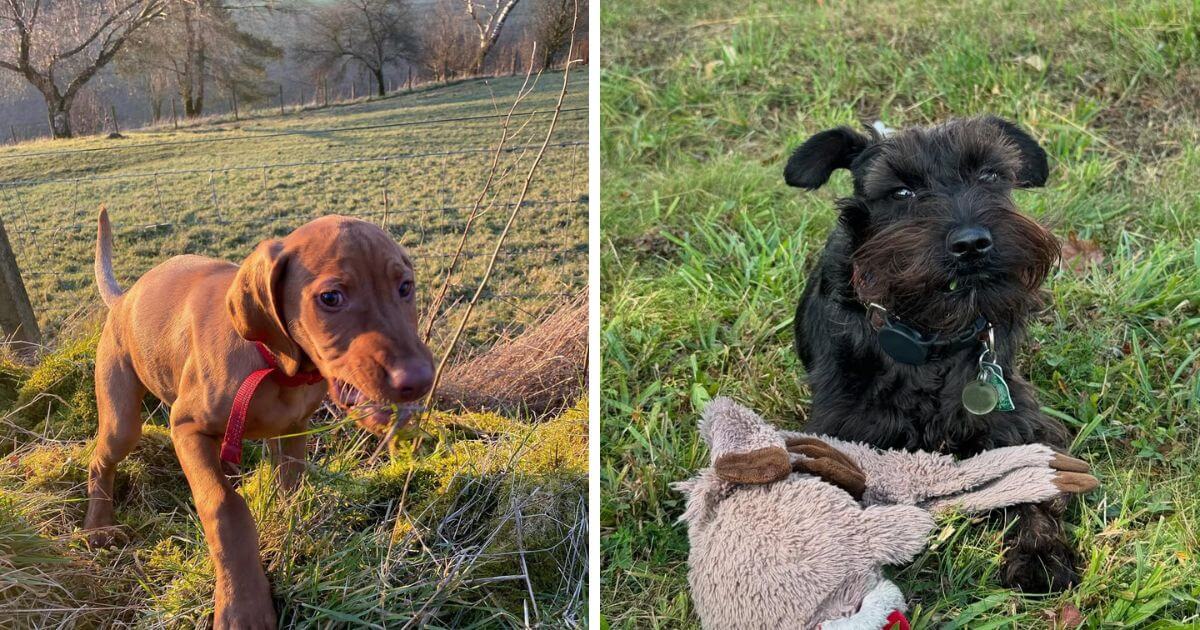
Our dogs do a lot of things that make us scratch our heads; from wagging their tails to sleeping on their back. And yes, eating grass.
Why do they do it?
Have they started thinking they’re goats?
Or maybe they like being your lawn mower?
Don’t worry.
While it might look strange as to why they do it. But once we break down the logical reason in this article, it’ll make complete sense to you.
Let’s dig deep into why they do it, and when it might become a concern:
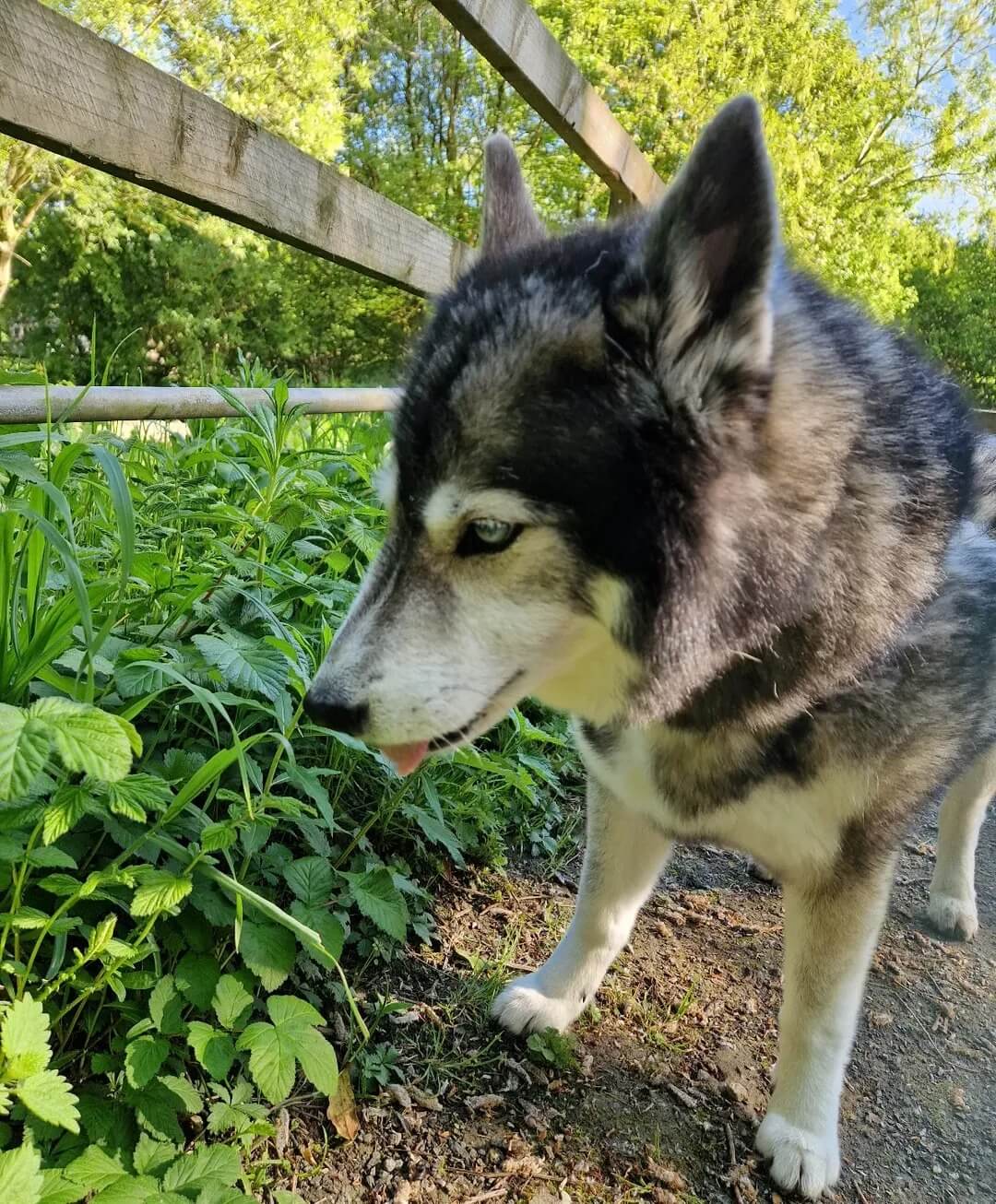
Image credit: Instagram@husky_babez
Is it normal for dogs to eat grass?
In simple words, yes.
Most dogs do nibble grass here and there, and it’s completely okay.
But here are some reasons why they do it:
1. Curiosity and taste
Sometimes grass is just crunchy and new. I’ve seen pups sample blades the way we sample snacks. It’s an exploration more than a problem.
2. To ease tummy pain
Sometimes, dogs feel pain in their tummy or something feels off, so they eat grass to vomit and release all the toxins from their stomach.
3. To get fibers
When they’re tired from their home-cooked food and need some extra fiber and roughage, they simply eat grass. Watch for poop color to see if the fiber helped or not.
4. To escape boredom
Dogs are dopamine seekers. They must always do something, and when they have nothing to do? They just munch on grass.
5. To seek our attention
When their hooman doesn’t want to be with them and they must do something to get their attention, then they just eat grass.
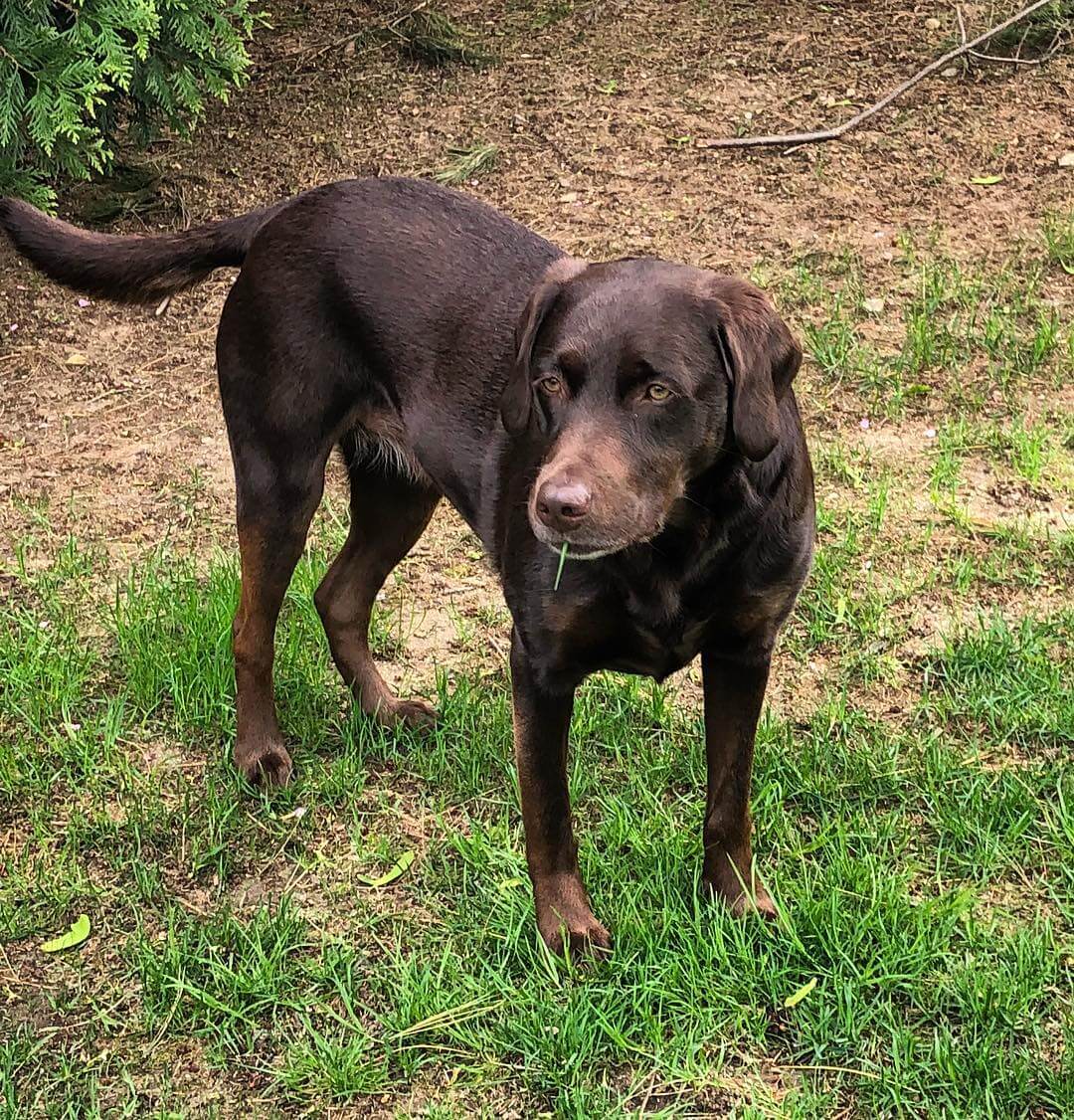
Image credit: Instagram@3crazylabs
When should you worry about your dog eating grass?
Occasional nibble here and there is completely fine.
In fact, vets’ research suggests that only about 10% of dogs show signs of illness before grazing, and fewer vomit afterward
But there’s a fine line between healthy and it becoming a problem.
Here’s what to look out for:
1. Excessive grazing
If your dog ignores your calls or instead of playing with their toys is busy munching on grass then their might be a red alert.
As Dr. Lori Teller from Texas A&M puts it, “If they’re ravenous for these plants, or constantly eating them and then throwing up, then I would certainly be looking for an underlying problem”
2. Frequent vomiting after grazing
Some dogs do vomit after eating grass but it’s not the rule. So if it’s a frequent occasion for your dog there might be a problem.
3. Other signs of illness and discomfort
Frequent grass-eating combined with any of these symptoms should prompt a vet visit:
- Diarrhea or constipation
- Loss of appetite or weight
- Lethargy or drooling
- Blood in stool or vomit
4. Getting exposed to dangerous elements
Let’s face it, not all grass is safe. There might be dangerous insects or elements present in the grass that your dog might accidentally eat.
If you can take care of these 4 signs then grass eating shouldn’t be so much of a worry.
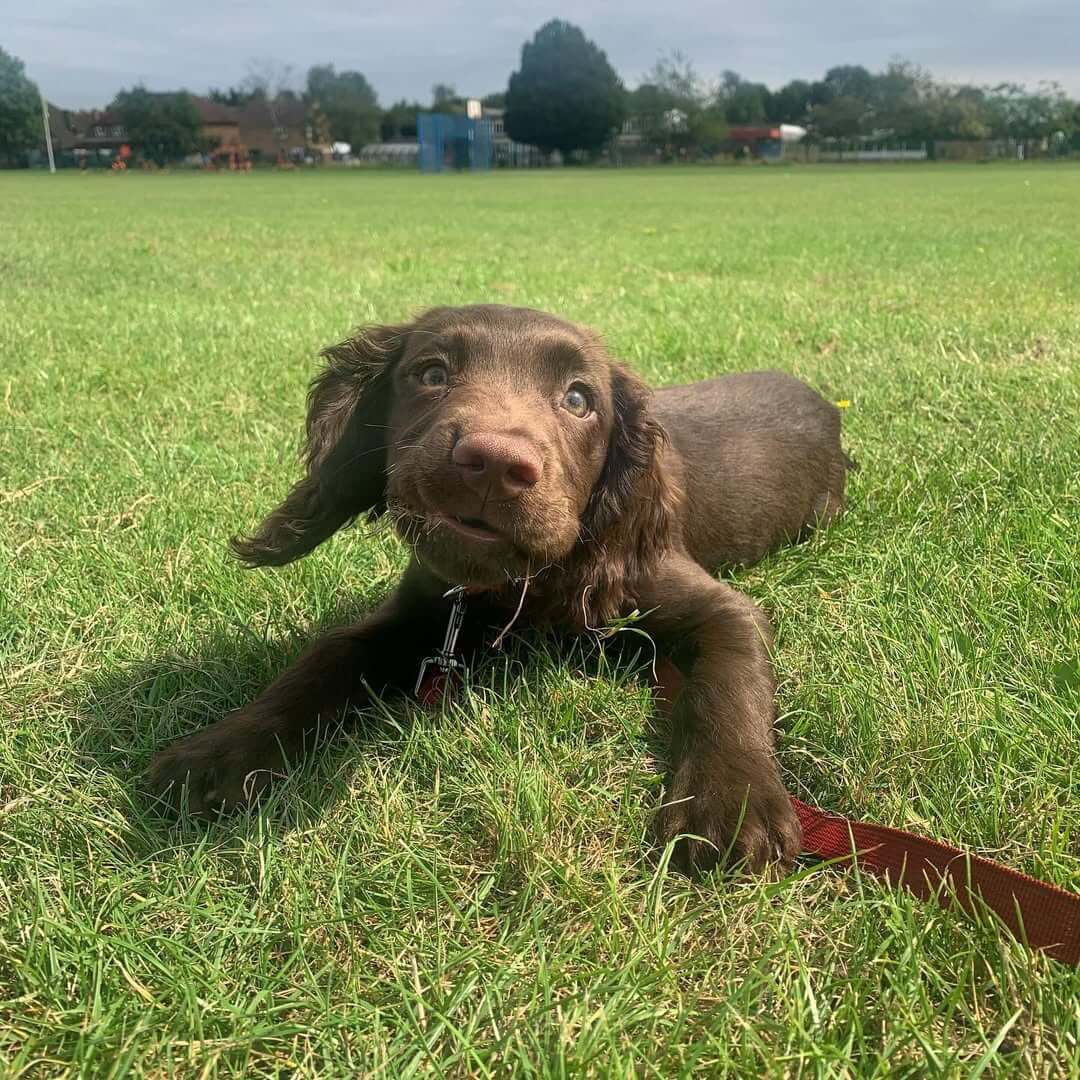
Image credit: Instagram@mrfreddyanderson
Potential risks of letting your dog eat grass
Although it’s an innocent habit. Nothing to worry about. But still, you should know the potential risks of this habit:
1. Getting in contact with pesticides and fertilizers
Lawns often get treated with chemicals and pesticides. Which makes them toxic.
And when our dogs munch on that grass, that chemical directly enters their stomach too.
According to the American Kennel Club, pesticides and herbicides are among the most common lawn chemicals that can harm pets.
2. Toxic plants might be hidden in the grass
There are certain plants like daffodils and tulips, and even weeds that might be present in grass, which can be harmful.
3. Parasites present in soil
Grass in public areas can harbor intestinal parasites such as roundworms or hookworms. Dogs can pick these up just by eating contaminated blades. Routine deworming can help reduce this risk.
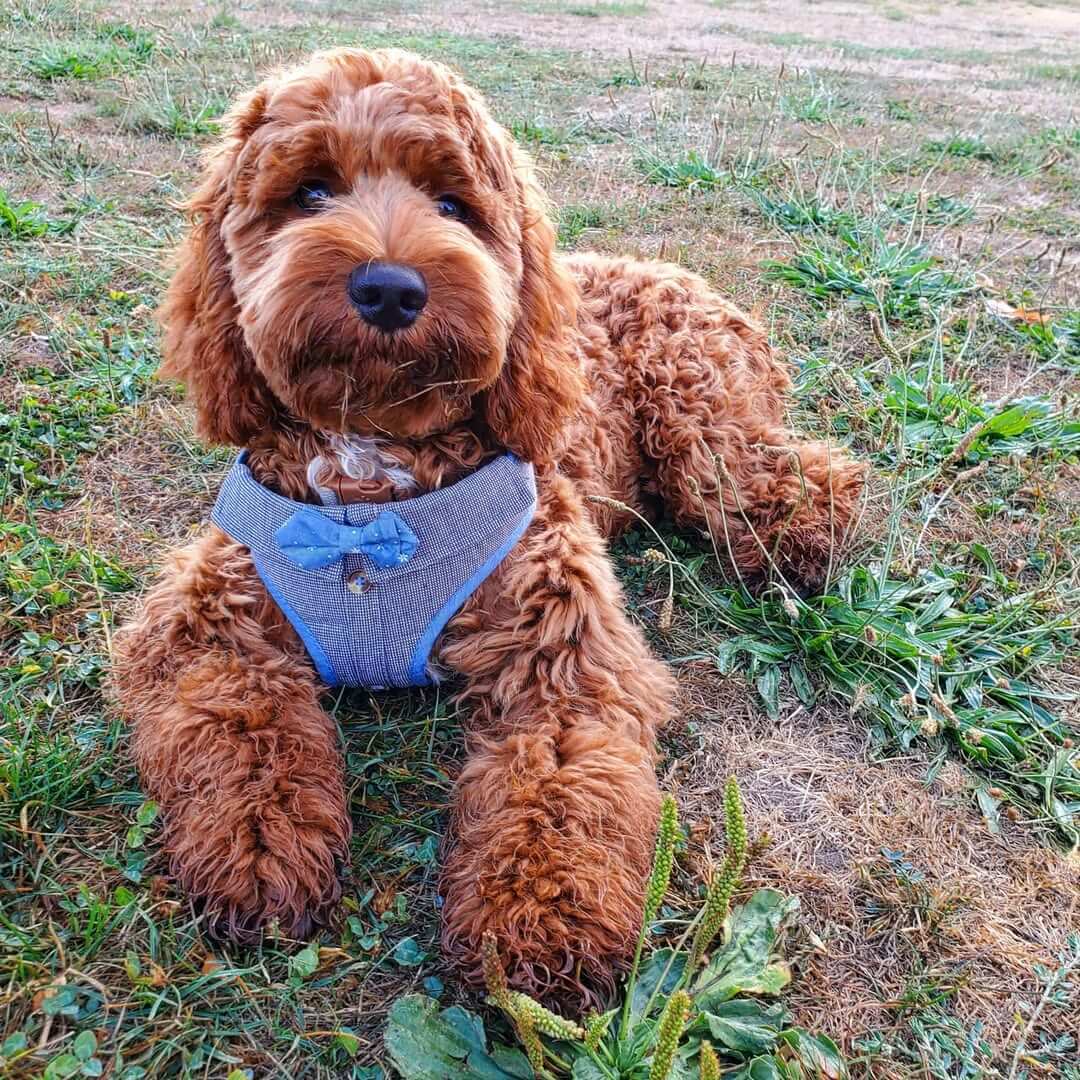
Image credit: Instagram@blissfulbentley
How to reduce your dog’s grass-eating habit
If you fear that your dog’s grass-eating habit needs to be reduced or even completely eradicated, here are a few tips you can follow:
1. Keep them busy when walking with them
Don’t let them get rest. Don’t let them stand pat. As mentioned above, dogs seek dopamine. They always want to do something. So don’t let them get rest, especially near a lawn or grass.
2. Offer other chewing alternatives
Grass isn’t the only thing they like to munch. You can offer them a frozen carrot and that’ll do the job too.
3. Improve fiber in their diet
Sometimes they just lack fiber and eat grass to increase roughage in their body.
You can just give them dog-safe veggies like pumpkin or green beans as an alternative.
4. Train a reliable “leave it”
Teaching your dog a solid “leave it” command can save you from constant tug-of-war with the leash. Start indoors with treats, then practice outside, rewarding them when they choose you over the grass.
5. Redirect their attention
If you see your dog heading for the grass, redirect their attention with a reward or go fetch. Don’t get angry on them, just reward them for staying away from the grass.
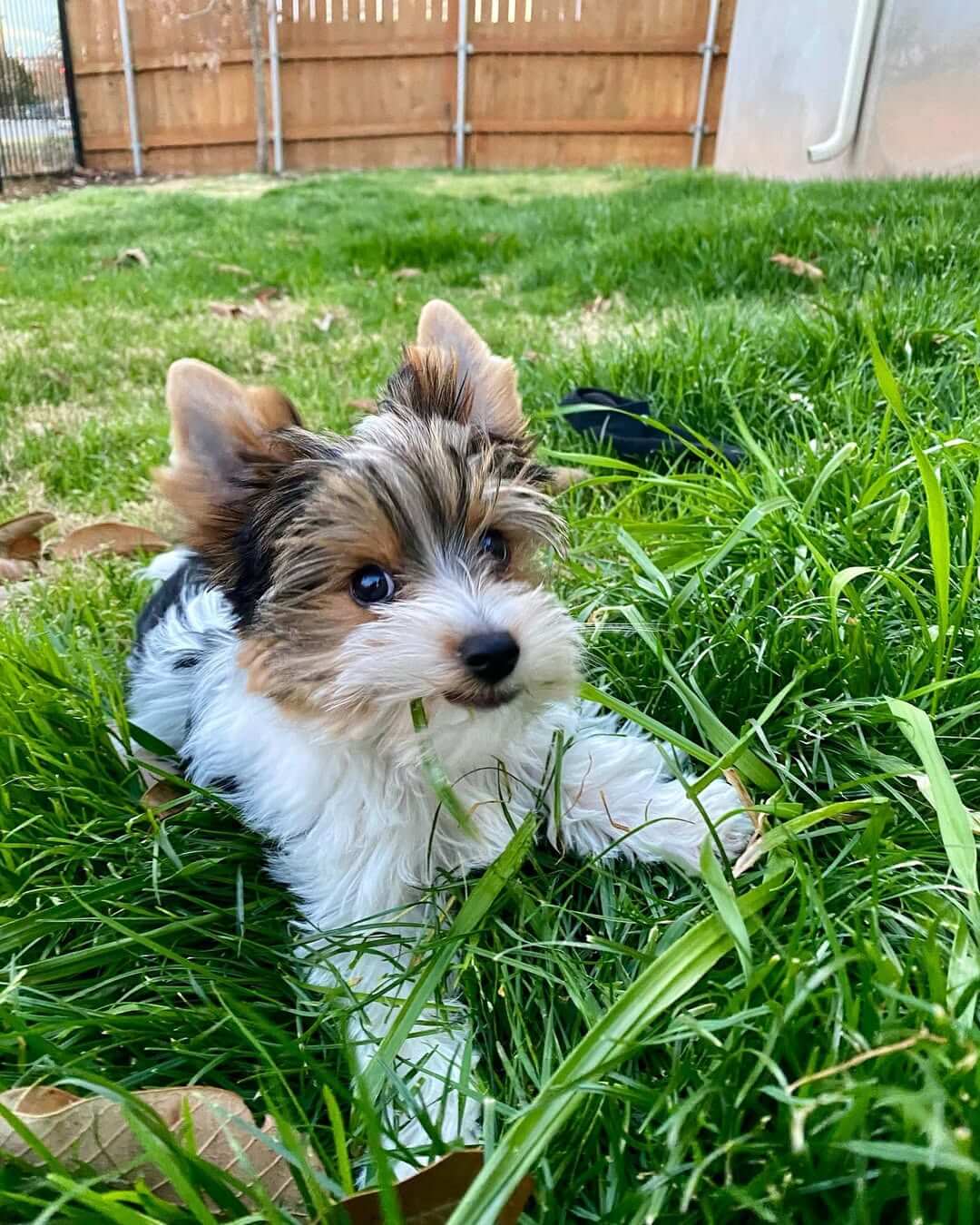
Image credit: Instagram@polo.theyorki
Final Thoughts
Although it’s not a habit to worry about, as dog parents, it’s our duty to always keep an eye on what our babies are doing.
For most pups, it’s harmless and just part of being a dog.
But still, if you fear this habit, then you just need to manage their boredom, offer safe chewing alternatives, and make small diet adjustments, you’ll likely see the habit fade — or at least become less frequent.
And remember, occasional grazing is perfectly normal.
